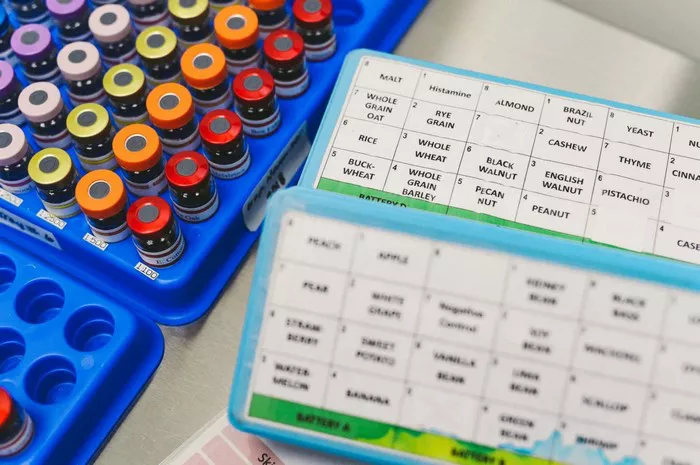A landmark study published in JAMA Internal Medicine revealed that an artificial intelligence (AI) algorithm integrated into electronic health records (EHRs) reduced inappropriate antibiotic allergy labels by 40% across five major U.S. hospital systems. The problem of “penicillin allergy overdiagnosis” is a well-documented public health crisis: approximately 10% of patients carry this label, but fewer than 1% have a true IgE-mediated allergy. This leads to the overuse of broad-spectrum antibiotics, contributing to antimicrobial resistance and poorer patient outcomes.
The AI tool, named “AllergyGuard,” uses natural language processing to analyze clinical notes, laboratory results (e.g., tryptase levels), and medication histories. When a clinician enters an antibiotic order, the system flags potential discrepancies—such as a patient labeled “penicillin allergic” who previously received amoxicillin without incident—and suggests confirmatory testing or pharmacist consultation. In a randomized controlled trial involving 23,000 patients, hospitals using AllergyGuard saw a 32% increase in penicillin skin testing and a 28% reduction in alternative antibiotic use (e.g., fluoroquinolones, vancomycin), which carry higher risks of C. difficile infection and kidney toxicity.
One unexpected finding was the algorithm’s ability to identify “historical carryover” errors. For example, many elderly patients retained allergy labels from childhood reactions (e.g., rashes later attributed to viral infections). The AI prompted clinicians to reevaluate these cases, leading to label removal in 62% of reviewed records. This not only improved individual patient care but also had systemic benefits: one hospital reported saving $250,000 annually in antibiotic costs alone.
Despite these successes, implementation barriers persist. Some physicians resisted the tool’s recommendations due to fear of litigation, while others cited time constraints. The research team is now refining the algorithm to provide more nuanced risk stratification (e.g., distinguishing between maculopapular rash and anaphylaxis) and integrating patient-facing educational materials. The CDC has endorsed AllergyGuard as a key strategy in its Antimicrobial Resistance Challenge, and several European health systems are piloting adapted versions.
This innovation highlights how technology can address long-standing inefficiencies in allergy care. By reducing erroneous labels, the tool helps preserve first-line antibiotics, minimizes adverse events, and empowers patients to receive optimal treatments. As AI continues to evolve, its role in allergy diagnosis and management is poised to expand, potentially encompassing predictive modeling for new drug approvals and personalized cross-reactivity risk assessments.
You Might Be Interested In:
- What Is the 5 Most Common Fruit Allergy?
- What Are the 4 Most Common Fall Allergies?
- What Are the 5 Most Common Skin Allergies?

